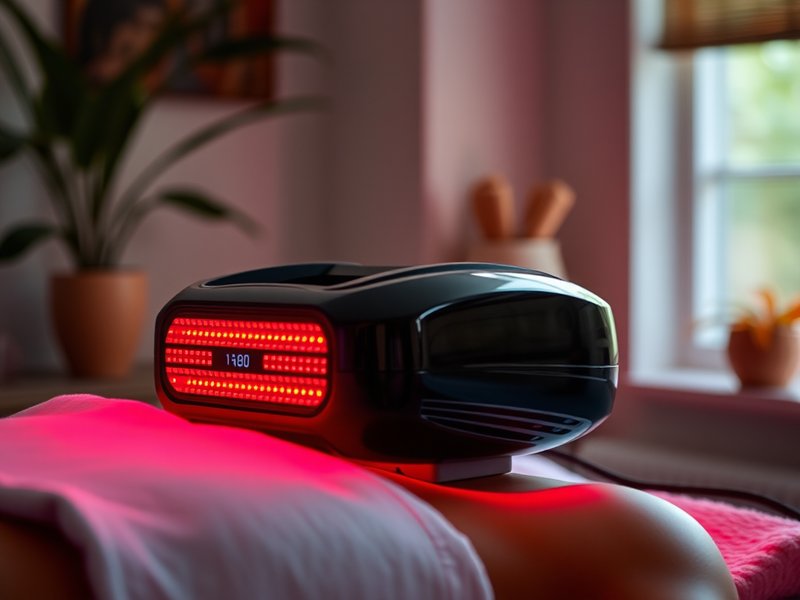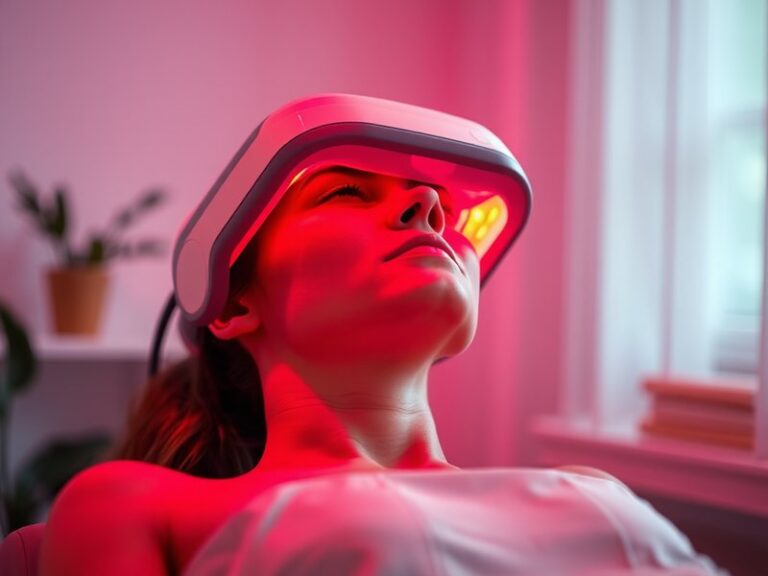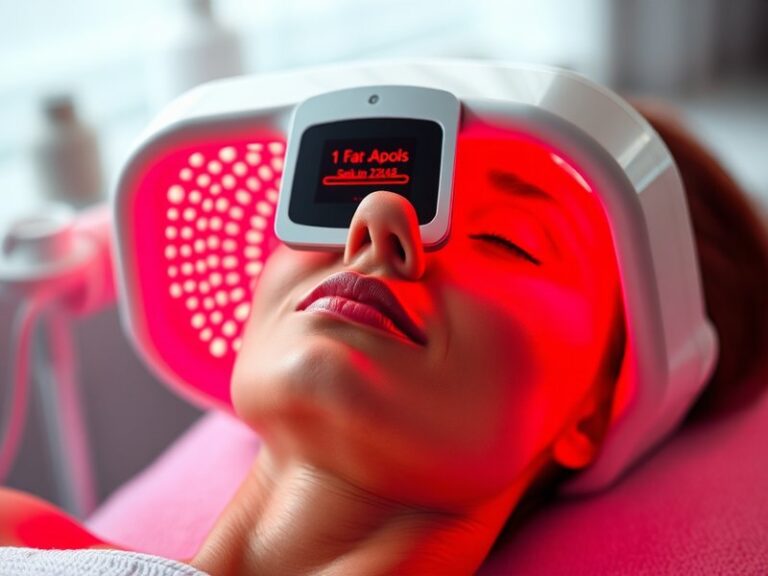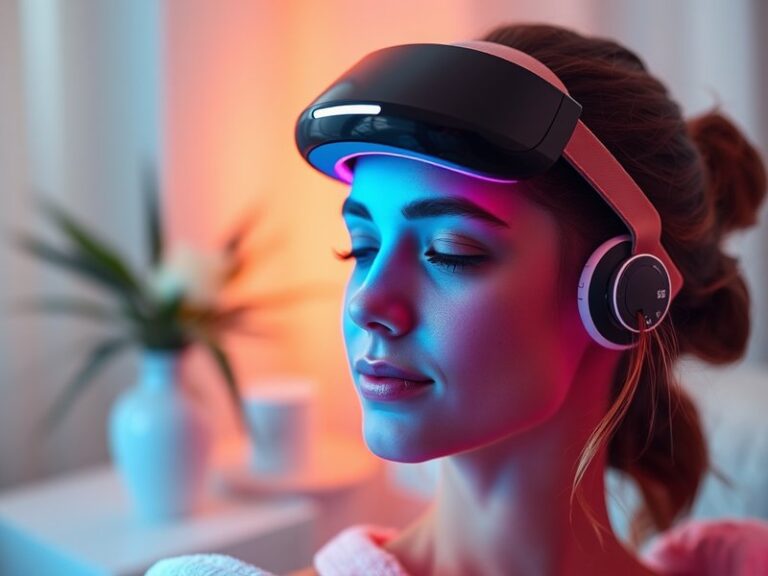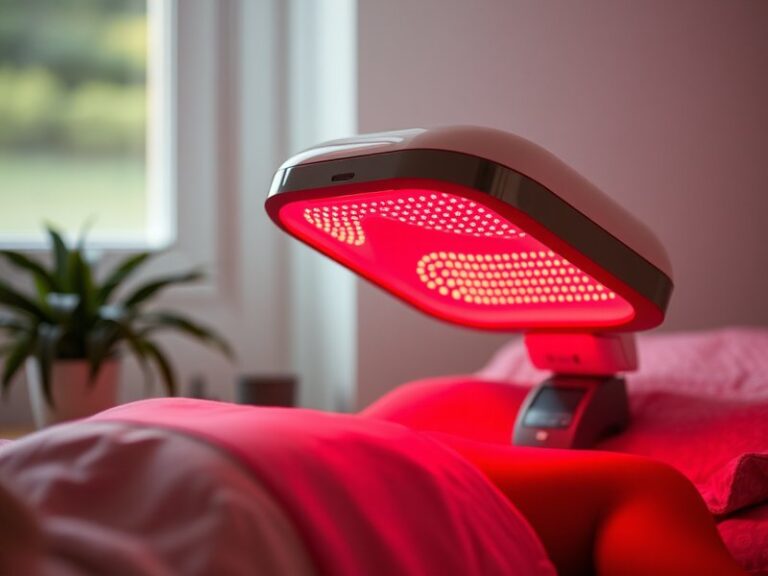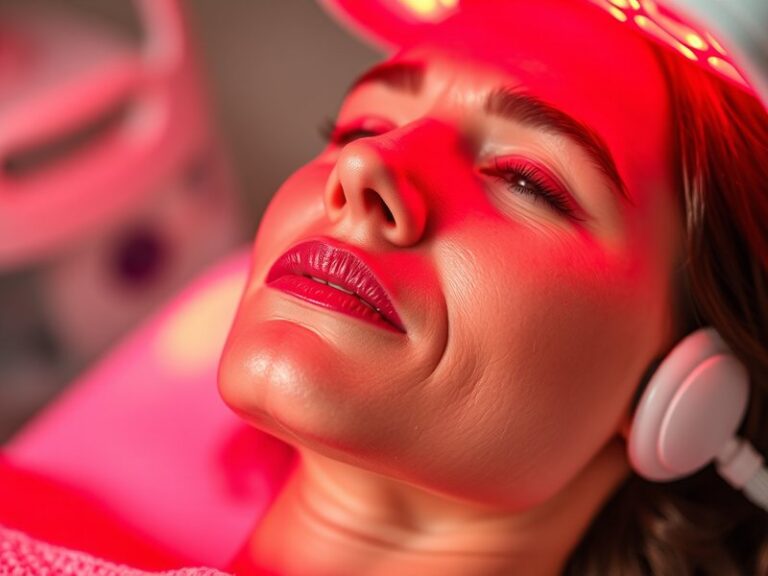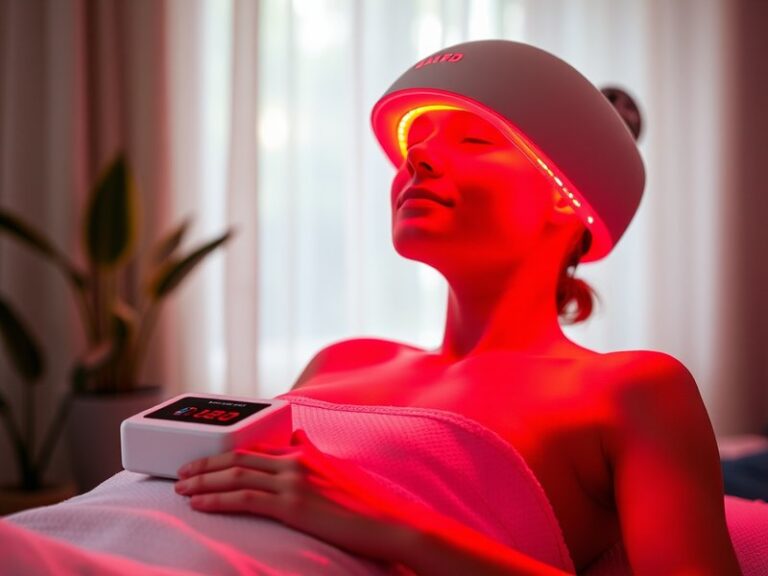Does Red Light Therapy Give You Energy?
Does Red Light Therapy Give You Energy?
Can a simple exposure to red light truly enhance your energy levels?
In recent years, red light therapy has gained popularity for its potential health benefits, including claims of improved energy levels. This article explores what red light therapy is, how it may affect your energy, its benefits, considerations, alternatives, and answers to frequently asked questions.
Key Takeaways
- Red light therapy harnesses low-wavelength red light to stimulate cellular function.
- Users may experience increased energy levels due to improved mitochondrial function.
- While promising, results can vary based on individual needs and conditions.
What is Red Light Therapy?
Red light therapy (RLT) is a non-invasive treatment that utilizes specific wavelengths of red and near-infrared light to penetrate the skin and promote various biological processes. The most commonly used wavelengths in RLT range from 600 to 1000 nanometers.
Find insights in Do Red Light Therapy Beds Work?
During a session, the light is directed onto the skin, where it can stimulate the cells’ mitochondria – the powerhouse of the cell. By enhancing mitochondrial function, RLT may promote faster healing and recovery, which could translate into increased energy levels.
RLT is used in various settings, from medical clinics to home devices, delivering its benefits for conditions like inflammation, pain relief, and skin rejuvenation.
What are the Benefits of Red Light Therapy?
Red light therapy offers a range of potential benefits, particularly concerning energy levels and overall well-being.
Enhanced Cellular Energy Production
RLT may enhance ATP (adenosine triphosphate) production in cells, leading to increased energy availability. A study published in the “Journal of Biophotonics” shows that exposure to red light can significantly increase ATP generation, thus potentially boosting stamina and energy levels.
Reduced Fatigue and Improved Recovery
Many individuals report reduced feelings of fatigue following RLT. With its ability to speed up cellular repair processes, athletes often use red light therapy to recover from strenuous workouts, enabling them to train more effectively and with greater energy.
Improved Mood and Well-Being
Studies suggest that red light therapy can positively impact mood by stimulating the release of endorphins and improving sleep quality. Better quality sleep translates to higher energy levels during the day. The soothing effect of RLT also plays a role in managing stress, which is crucial for maintaining energy.
Increased Circulation
By promoting better blood flow, RLT can help deliver more oxygen and nutrients to cells, further supporting energy production. Improved circulation can alleviate symptoms of lethargy and enhance overall vitality.
Is it Possible to Boost Energy with Red Light Therapy?
The possibility of using red light therapy to boost energy levels is supported by emerging research, highlighting its potential to improve mitochondrial function and overall cellular health. However, individual responses can vary significantly based on factors such as health status, treatment frequency, and specific conditions targeted during therapy.
What are the Advantages of Using Red Light Therapy for Energy?
- Non-Invasive Treatment: Unlike pharmaceutical interventions, RLT is generally safe and non-invasive, making it an appealing option for those wary of side effects.
- Easy Integration: Many users can easily incorporate RLT into their routines, whether through home devices or scheduled sessions at clinics.
- Multiple Benefits: Users may experience a range of health benefits aside from increased energy, such as improved skin health and reduced inflammation.
What are the Disadvantages of Using Red Light Therapy for Energy?
- Varied Results: Not everyone responds the same way to red light therapy. Some may experience immediate energy boosts, while others may notice little to no effect.
- Costs: High-quality devices or clinical sessions can be expensive; this may be a concern for those on a budget.
- Time Investment: Regular therapy sessions may be required over a certain period before noticeable effects on energy levels become apparent.
What are the Things to Consider Before Using Red Light Therapy?
Before diving into red light therapy to enhance energy, there are several important considerations.
Consult with a Healthcare Professional
Always consult with a healthcare provider before starting red light therapy, especially if you have existing medical conditions or are taking medications. They can offer personalized recommendations based on your health needs.
Device Quality Matters
The effectiveness of red light therapy can largely depend on the quality of the device used. Look for devices that specify wavelength outputs and consider investing in units with proven efficacy and safety.
Frequency and Duration of Use
The optimal treatment schedule—how often and how long you should use RLT—can vary. Research suggests regular sessions may be necessary for cumulative benefits, so developing a consistent routine may be essential for achieving energy-enhancing results.
What are the Alternatives to Red Light Therapy?
If red light therapy doesn’t seem like the right fit, there are other options that may help boost energy levels.
Exercise
Regular physical activity enhances circulation, boosts endorphins, and can lead to improved energy levels. Even moderate activities like walking or stretching can make a substantial difference.
Nutrition and Hydration
A balanced diet rich in whole foods and adequate hydration plays a crucial role in maintaining energy levels. Focus on consuming nutrient-dense foods, such as fruits, vegetables, whole grains, and lean proteins.
Quality Sleep
Prioritizing sleep hygiene and ensuring adequate rest can drastically boost energy levels. Strategies such as maintaining a consistent sleep schedule and creating a restful environment promote better sleep quality.
Conclusion: Is it Recommended to Use Red Light Therapy?
Red light therapy shows promise as a potential method for enhancing energy levels through improved cellular function. While many users report positive experiences, results can vary between individuals. Consulting healthcare professionals and using high-quality devices is crucial for deriving the best results. Combining red light therapy with other lifestyle modifications like exercise, nutrition, and proper sleep can create a holistic approach to energy enhancement.
Discover the story in Can Red Light Therapy Treat Hypopigmentation?
Frequently Asked Questions
Does red light therapy have immediate effects on energy levels?
While some users report immediate boosts in energy, most individuals may need multiple sessions before experiencing significant changes in energy levels.
Is red light therapy safe for everyone?
Generally, red light therapy is safe for most people. However, it is advisable to consult a healthcare professional if you have specific health concerns or conditions.
How often should I use red light therapy for energy enhancement?
Optimal frequency can vary, but many recommend sessions 3-5 times per week to start. Adjusting treatment frequency based on individual response is essential.
Can red light therapy be used with other treatments?
Yes, red light therapy can be safely used alongside most conventional treatments, but always consult with a healthcare provider to tailor the approach to your needs.
What is the best time of day to use red light therapy?
Many individuals find that morning sessions help energize them for the day, while evening sessions may assist in relaxation and recovery. The ideal timing may depend on personal preferences and schedules.
